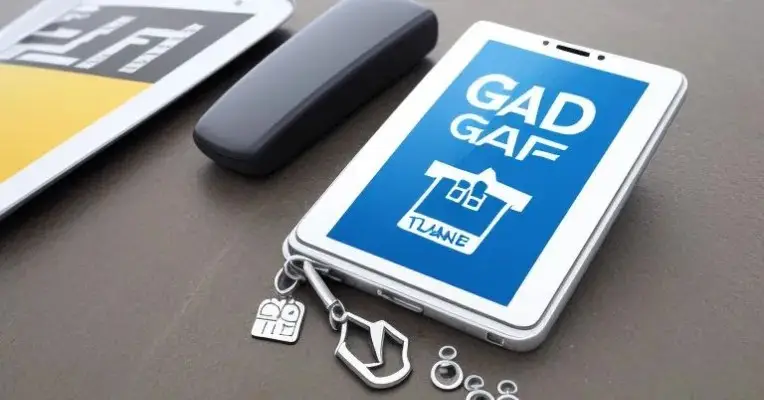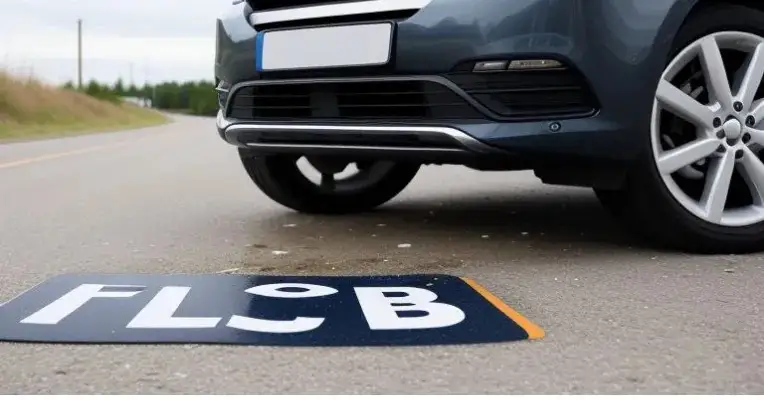In the fast-paced world of automobile purchases and financing, understanding the various insurance products available can be a daunting task. One often overlooked but crucial type of insurance is gap insurance. This article provides an in-depth look at what gap insurance is, how it operates, who should consider it, and its benefits, all designed to help you make an informed decision regarding your insurance needs.
What Is Gap Insurance?
Gap insurance, also known as Guaranteed Asset Protection insurance, is a type of insurance designed to cover the difference (or “gap”) between what you owe on your car loan or lease and the actual cash value (ACV) of your vehicle in the event of a total loss, such as theft or an accident.
Key Features of Gap Insurance
- Coverage for the Difference: Gap insurance pays the difference between the outstanding loan balance and the car’s depreciated value.
- Applicable in Specific Situations: It is typically useful for new car purchases, leases, or when financing a vehicle with little or no down payment.
- Not Required by Law: While it provides valuable protection, gap insurance is not mandated by law, making it a voluntary purchase.
How Gap Insurance Works
Calculation of the Gap
To illustrate how gap insurance works, let’s consider a hypothetical scenario involving a new car purchase:
- Purchase Price: You buy a new car for $30,000.
- Loan Amount: You finance the entire purchase, resulting in a loan of $30,000.
- Depreciation: After one year, the car’s value drops to $22,000 due to depreciation.
- Outstanding Loan Balance: After one year of payments, you owe $28,000 on the loan.
In this scenario, if the car is declared a total loss, your insurance would cover the ACV of $22,000. However, since you owe $28,000 on the loan, there is a gap of $6,000.
Example Summary:
- Purchase Price: $30,000
- Loan Amount: $30,000
- ACV After One Year: $22,000
- Outstanding Loan Balance: $28,000
- Gap: $6,000
In this example, gap insurance would cover the $6,000 difference, preventing you from having to pay out of pocket for the remaining loan balance.

Claim Process
The claim process for gap insurance typically involves the following steps:
- Report the Total Loss: Notify your primary auto insurance company of the accident, theft, or total loss.
- File a Claim: Once the primary claim is processed, file a claim with your gap insurance provider.
- Provide Documentation: Submit necessary documentation, such as the primary insurance payout statement, loan details, and any other relevant information.
- Receive Payment: Upon approval, the gap insurance provider pays the difference between the outstanding loan balance and the primary insurance payout.
Who Needs Gap Insurance?
Gap insurance is particularly beneficial for specific groups of vehicle owners and lessees. Here are some scenarios where gap insurance can be a valuable asset:
- New Car Buyers: Individuals purchasing a new vehicle often experience the most significant depreciation in the first year. If the car is totaled shortly after purchase, gap insurance can cover the substantial difference between what is owed and what the vehicle is worth.
- Lease Holders: Leasing a vehicle usually involves lower down payments and a higher likelihood of owing more than the car’s value. Gap insurance ensures that you are not left with a financial burden in case of a total loss.
- Low Down Payment Buyers: If you financed your car with little or no down payment, you are more susceptible to being “upside down” on your loan. Gap insurance provides a safety net in this situation.
Benefits of Gap Insurance
Opting for gap insurance offers several advantages, particularly if you want to protect yourself against financial setbacks associated with vehicle depreciation.
- Protection Against Depreciation: One of the primary advantages of gap insurance is that it protects you from the rapid depreciation of your vehicle. Most new cars lose value quickly, and gap insurance ensures that you won’t have to cover the difference between the depreciated value and your remaining loan balance.
- Peace of Mind: Purchasing gap insurance can provide peace of mind, knowing that you are protected in the event of a total loss. This assurance allows you to focus on enjoying your vehicle rather than worrying about potential financial setbacks.
Cost of Gap Insurance
The cost of gap insurance can vary based on several factors, including:
- Type of Vehicle: The make and model of your car can affect the premium.
- Insurance Provider: Different insurers have different rates for gap insurance.
- Location: Insurance costs can vary based on geographical location.
Typically, gap insurance premiums range from $20 to $50 per year if purchased through an auto insurance provider. Some dealers also offer gap insurance when financing, which can cost more—up to several hundred dollars—depending on the vehicle’s price.
Cost Summary:
- Insurance Provider: $20 – $50 per year
- Dealer Financing: $100 – $500 one-time fee
Before purchasing, it’s advisable to compare costs and coverage options among various providers to ensure you get the best deal.
Alternatives to Gap Insurance
If you decide that gap insurance isn’t right for you, there are several alternatives to consider:
- Higher Deductibles: Opting for a higher deductible on your standard auto insurance policy can lower your premiums, which might help offset potential losses in case of a total loss.
- Loan Payoff Insurance: Some lenders offer loan payoff insurance, which covers the remaining balance of your car loan in case of a total loss. This type of insurance can be more straightforward and often less expensive than gap insurance.
- Additional Coverage Options: Exploring additional coverage options within your primary auto insurance policy can also help mitigate financial losses. Consider comprehensive and collision coverage to ensure you are adequately protected.
FAQs About Gap Insurance
- Is gap insurance mandatory?
No, gap insurance is not mandatory. However, it can be a wise investment for individuals financing or leasing a vehicle, particularly if the down payment is low. - Can I get gap insurance after purchasing a vehicle?
Yes, you can purchase gap insurance at any time after acquiring your vehicle, but it’s typically easier and cheaper to get it at the time of financing or leasing. - How long do I need gap insurance?
Generally, gap insurance is most beneficial during the first few years of your loan or lease when depreciation is highest. Assess your situation annually to determine if you still need coverage. - Does gap insurance cover rental cars?
Gap insurance generally applies only to the vehicle that you financed or leased. It does not cover rental cars or any other vehicles. - How can I cancel my gap insurance?
You can cancel your gap insurance by contacting your insurance provider. Be sure to check if there are any cancellation fees or requirements.
